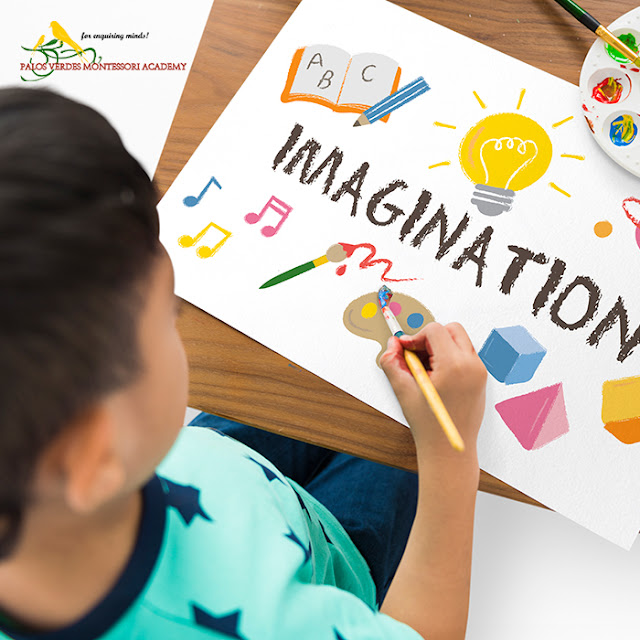What is Active Listening and Tips to Develop it in Kids
Listening is an important component of learning. Teachers should help kids develop their active listening ability from the early days as it will have a major impact on building the communication skills needed both inside and outside the classroom. Active listening is an important soft skill that Child Care kids can acquire and develop with time and patience.
What is Active Listening?
Active listening is giving full attention to the speaker and trying to comprehend properly what is being told. Active listeners demonstrate verbal and non-verbal signs of listening. Positive reinforcement, remembering, and questioning are all verbal signs of active listening while smiling, nodding head, positive body language are non-verbal signs of listening. Active listening means acknowledging the other person’s perspectives and this encourages healthy conversation.
Why Kids Should Develop Active Listening Skills?
Parents and teachers should always do activities with their kids to promote active listening among them. Active listeners prove to be better communicators and problem solvers. Moreover, kids who listen carefully, demonstrate good behavior, commitment, and leadership skills.
The benefits of active listening are:
· No or fewer misunderstandings
· Faster work rate
· Improved resourcefulness
· More self-reliance
· Improved productivity
Active listening vs Passive listening:
So, what will happen if your kids are not actively listening? According to the preschool Torrance, CA children who do not participate in active listening, fall into the category of passive listening.
Passive listening is just listening to what the speaker is saying without actually understanding it. They are not able to retain much information shared by the speaker as they were not actively involved in the whole communication process. On the other hand, active listeners understand the point the speaker tries to communicate, instead of just hearing the words he or she is saying.
So, if you are willing to develop active listening ability in your kids, please follow the below tips.
Five steps to active listening:
Parents and teachers need to be role models to promote active listening amongst kids. Besides that, try to follow these tips.
Maintain eye contact: This is imperative to improve concentration. Listeners who maintain eye contact with the speakers are considered as reliable, warm, sociable, honest, confident, and active. In fact, this helps listeners to understand what the speaker is saying.
Don’t Interrupt: According to the Montessori teachers, speakers should not be disturbed until they finished sharing their thoughts. Avoid breaking the chain of thoughts of the speaker.
Ask questions: One way to show you are actively listening is to ask specific questions about the topic and try to understand the concept in a better way. Asking open-ended or close-ended or reflective questions will help you become an active listener.
Repeat what the speaker says: Try to repeat what the speaker has said in your own words. Summarizing the main points in your own words will help you develop active listening skills.
Listen for the entire meaning: While listening trying to understand the literal, as well as the underlying meaning of the message, is very important. Sometimes the real message is underlying the actual content.



Comments
Post a Comment